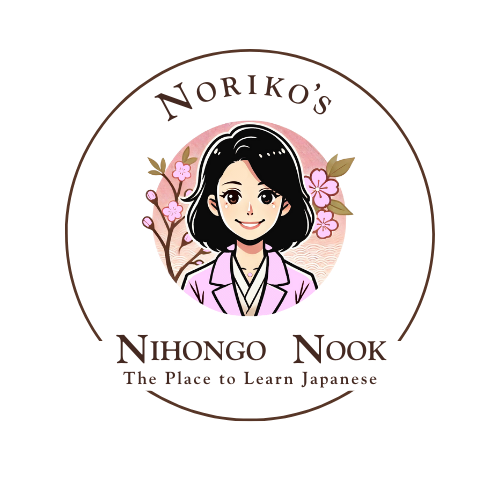Discover
The Rich History of the Japanese Language
Learning Japanese opens the door to a rich and fascinating culture—whether you’re planning to travel, connect with family, or explore anime, cuisine, and tradition firsthand. Mastering the language can boost your career opportunities, improve cognitive skills, and deepen your understanding of Japan’s unique worldview. At Noriko’s Nook, lessons are tailored to your personal goals, pace, and learning style—making Japanese both accessible and rewarding, no matter your level.



Join me in discovering the depths of Nihongo and uncover the secrets of a language that has captivated scholars, travelers and enthusiasts for centuries.
Discover The Rich History of the Japanese Language
The Japanese language has undergone significant transformations throughout its history, shaped by cultural exchanges and societal changes. Initially influenced by Chinese writing systems, Japanese developed its own scripts that allowed for a unique expression of native sounds and ideas. Over time, these scripts evolved, enabling the rich literary tradition that is now synonymous with Japanese culture. As Japan opened up to the world, the language further adapted, incorporating new concepts and words while retaining its distinct identity. Today, Japanese is a vibrant and dynamic language that continues to reflect the nation’s past and present.
794-1185
Heian Period
During the Heian period (794-1185), Japanese culture flourished, and with it, the language evolved. The introduction of kana scripts—Hiragana and Katakana—simplified writing and made literature more accessible. This era produced classic works such as “The Tale of Genji,” often considered the world’s first novel, penned by the noblewoman Murasaki Shikibu.
8th Century
Ancient Beginnings
The earliest form of Japanese, known as Old Japanese, can be traced back to the 8th century. This period saw the creation of the first written records, using characters borrowed from Chinese. These early texts, such as the Kojiki (Records of Ancient Matters) and the Nihon Shoki (Chronicles of Japan), are literary treasures that provide a glimpse into Japan’s mythical origins and early societal structures.
Late 19th Century
Meiji Restoration
The Meiji Restoration in the late 19th century marked a pivotal moment in Japan’s history, propelling the nation into rapid modernization. This period saw a standardization of the Japanese language to support national unity and education. The 20th century continued this trend, with Japanese adapting to incorporate technological and scientific advancements, making it a language of global significance.
